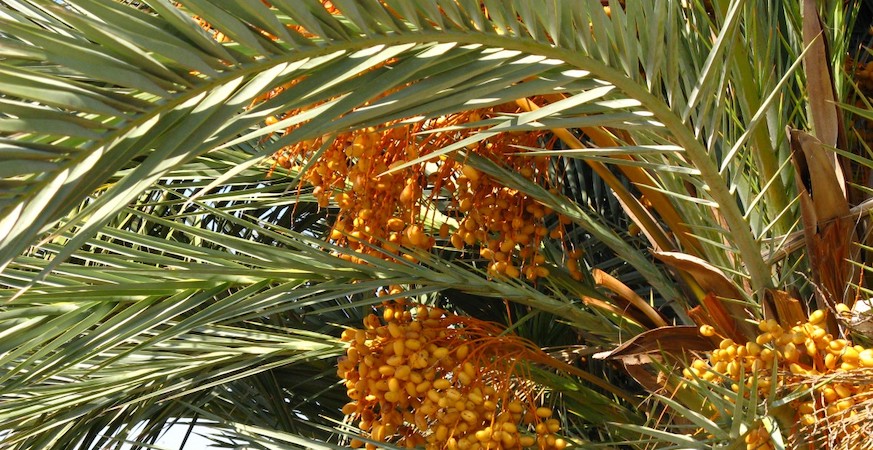The Jews Are Back And Here To Stay
In 1963, while Dr. Elaine Solowey and Dr. Sarah Sallon were still in their respective USA and England, war hero and archeologist, the late Professor Yigael Yadin, was carrying out the first ever excavations at Masada. Iconic in Israeli history, Masada is the fortress overlooking the Dead Sea built by King Herod in which the Romans laid siege following their destruction of the Jewish Second Temple. Rather than give into the prospects of Roman slavery, according to Josephus, the first century controversial Jewish historian, the Jewish Zealots killed each other, with the last two alive famously falling on their sword. And this signalled the beginning of a two-thousand-year exile for the Jewish people.
“The last two alive Jewish Zealots famously fell on their swords, signalling the beginning of a two-thousand-year exile for the Jewish people”
Along with uncovering archeological wonders, Yadin found date palm seeds that were subsequently transferred to the Hebrew University of Jerusalem. It was while the seeds were sitting happily in their new home that horticulturist Dr. Elaine Solowey, left America to head up a date palm orchard in a Kibbutz in the Aravah Desert. Concurrently, the British Dr. Sarah Sallon, also made aliya and soon found a job as a pediatrician at Hadassah Hospital in Jerusalem.
As serendipity would have it, in 2005, Dr Sallon obtained a few of the Masada seeds. With the idea of trying to regenerate these ancient varieties of plants that had become extinct, she turned to the famous date kibbutz in the Aravah and asked Dr Solowey if the impossible could be done: Could modern Israelis ever get to taste the date of the Jewish Zealots of Herod’s Masada?
Out of three seeds planted in quarantined pots, one sprouted. The success was published in journals which lead to the scientist acquiring more date seeds that had been discovered in excavations at Qumran, the home of the Dead Sea Scrolls. Using a few scientific tricks they managed to germinate six more seeds, naming them Eve, Jonah, Uriel, Boaz, Judah and Hannah.
“It takes a female tree about eight years for seedlings to bear fruits, which brought a few surprises”
It takes a female tree about eight years for seedlings to bear fruits, which brought a few surprises. With the gender of the plant revealed through the bearing of fruit, a few name changes were in order: “Judah” became “Judith, and “Adam” was now “Eve.”
In good Jewish fashion, the women arranged a joyful marriage for the trees, a joy that was increased with careful pollination and the birth of Metushalah, fittingly named after the oldest person mentioned in the Hebrew Bible.
And after a number of years, the juicy dates were ready to pick. The scientists and their friends celebrated on a scorching desert day. The traditional Jewish blessing was said over the fruit, along with the blessing that praises God for enabling the Jewish people to endure, survive and prevail. Because Jewish law requires the practice of tithing and first fruits offered to the priests and Levites, a ceremony was held in a neighborhood of Jerusalem overlooking the Old City.
Participants filled out questionnaires about how the dates tasted. Due to the regermination of the valuable, much sought-after date that was famous in antiquity for its flavor, sweetness and medicinal properties, the dates were a raging success. The message was clear. While the Romans may have conquered Masada, the Jews are back and here to stay.
The honey of “the land of milk and honey” refers to the date whose syrup is still eaten and marketed today. The date palm has represented “victory” in both Jewish and pagan culture, whether it be Deborah famously sitting under a palm tree prior to going into battle with Sisera, a date palm laurel used as an architectural motif on ancient temples, or the famous coin, minted by the Romans to boast of their ultimate crushing of Judea. Yet the revival of the 2000-year date, proves that in the end, it is God who laughs last.






